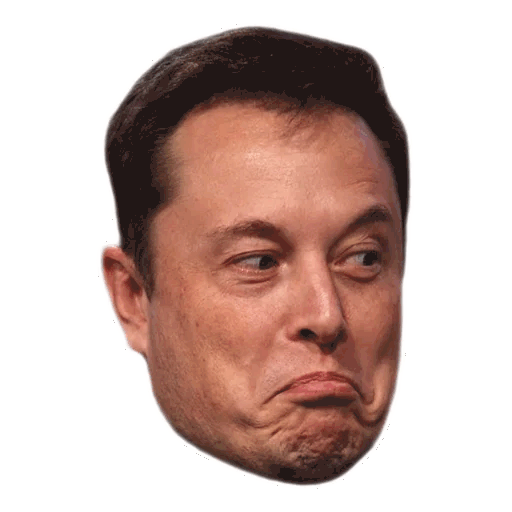“Whether you hate me, like me or are indifferent, do you want the best car, or do you not want the best car?” [Apartheid Manchild] told audiences at an event in November.
Well, for starters I don’t want a car at all. I’d rather use public transit. You know, an actually effective means of reducing emissions.
If I were in the market, yes, I would want the best car. Which is why I’d never buy a Tesla. I’d buy an XPeng or a BYD or the like.



Is that true for all Tesla models though? I was under the impression the newer models had blended braking, which would make this story somewhat plausible.
Blended braking is when it uses the brakes to supplement low regen when the pedal is released.
To the best of my knowledge, which includes a few minutes online trying to prove myself wrong, the brakes on all Tesla models are straight friction - no blending. Regenerative braking only happens when the accelerator is released. The friction brakes alone are sufficient to kick in ABS, so regen isn’t needed to help stop the car.
After giving it some thought, I suspect the car wasn’t stopping fast enough, so the driver took over and just didn’t brake hard enough to prevent the accident (possibly because they were anticipating some amount of assist from regenerative braking). Underestimating how hard to brake is very common and is one of the primary reasons behind adding automatic braking systems.